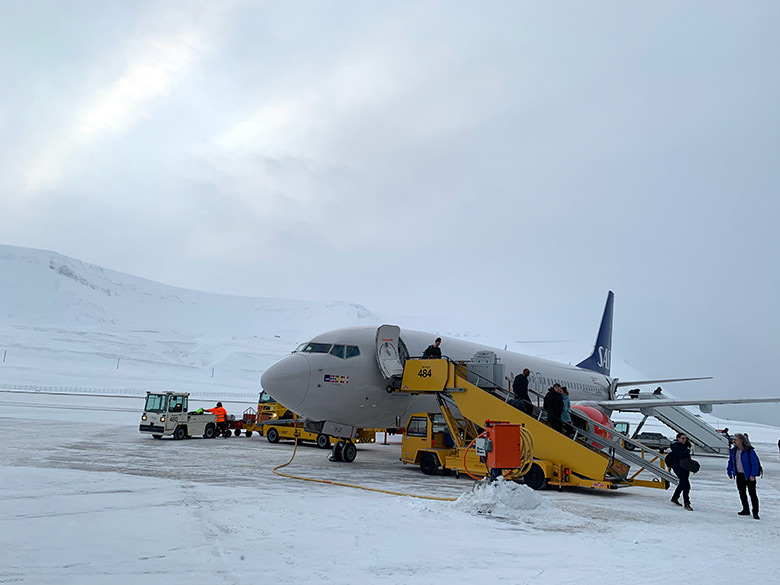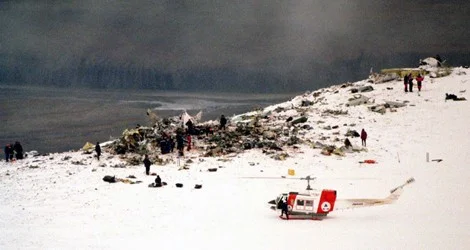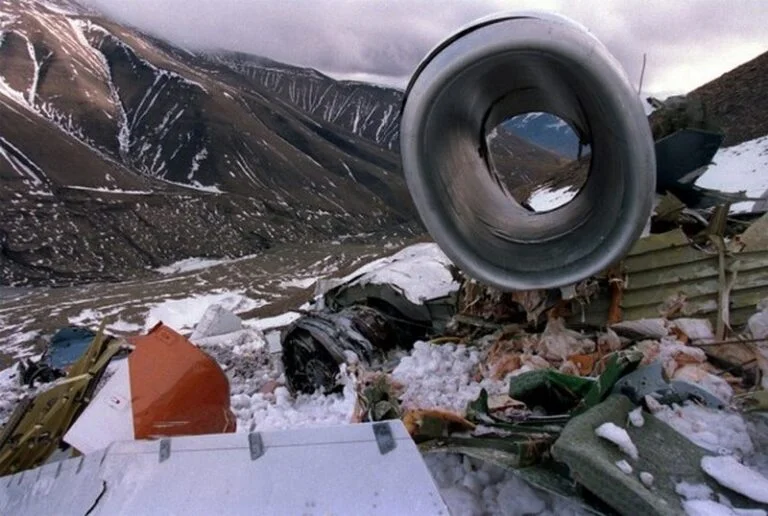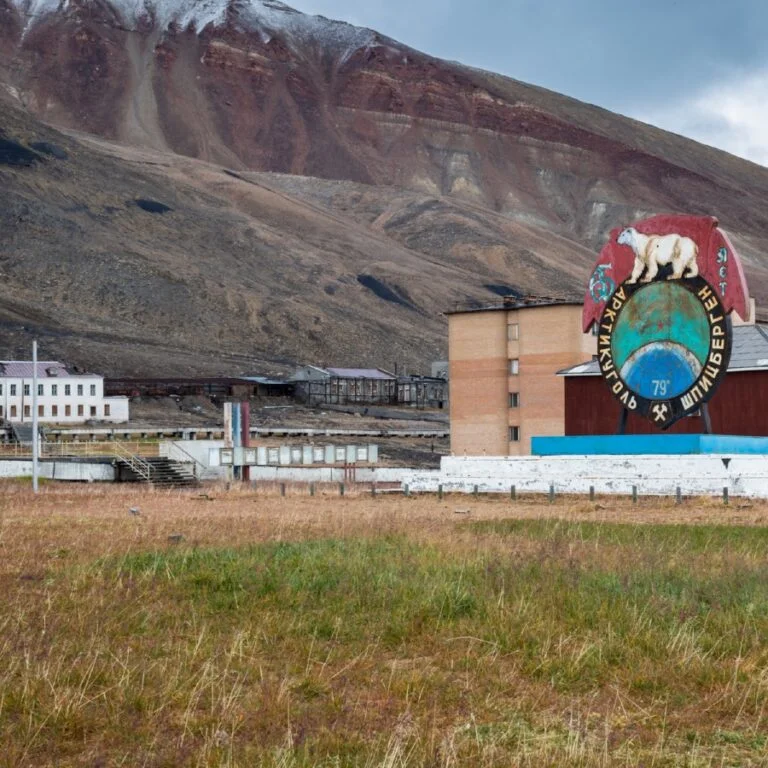We take a look back at the 1996 airplane crash on Svalbard that devastated the Russian settlement at Pyramiden.
In August 1996, Vnukovo Airlines flight 2801 flew off course and slammed into the mountain Operafjellet just a few miles from Longyearbyen airport. All 141 people onboard—mostly Russian and Ukrainian coal miners—were killed.

As Svalbard is Norwegian territory, it fell to Norwegian investigators to look into the crash. It was—and still is—the deadliest air accident in Norway. A series of navigational errors caused the aircraft to be 3.7 km away from the intended approach at the time of impact.
Norway's investigators concluded that the pilots lacked sufficient understanding of the approach and local procedures. They also lacked sufficient English skills to communicate with the tower.
An introduction to Svalbard
The Svalbard archipelago is just 1,000 km south of the North Pole in the Arctic Ocean. Following many decades of hunting for seal and walrus, the availability of coal and other minerals brought Svalbard into the global spotlight.
In 1920, the Svalbard Treaty gave Norway sovereignty over the archipelago and the ability for other signatories to conduct economic activity there. The Soviet Union and later Russia used this right to launch significant coal mining operations.

Established in 1931 to take over all Soviet mining interests on Svalbard, Arktikugol operated coal mines at the two ‘company towns' Barentsburg and Pyramiden.
Read more: The Fascinating History of Svalbard
During the post-war years, the Soviets poured money into the towns in an attempt to paint a positive picture of Soviet life.
Pyramiden had a heated swimming pool, greenhouses, livestock, and cultural facilities including a library, theatre and museum. At its peak, the Russian population of Svalbard numbered more than 1,000.
The flight from Moscow to Svalbard
Flight 2801 was one of many chartered by the company to get mining employees from Russia and Ukraine to Svalbard. Vnukovo Airlines operated the flight using a Tupolev Tu-154M, a workhorse of Soviet and then Russian airlines for decades.

44-year-old Evgeny Nikolaevich Nikolaev captained the flight. He had flown to Longyearbyen before, but the first officer—Boris Fedorovich Sudarev (58)—had not. However, the crew flew a simulated approach to Runway 10 prior to the flight.
Also on board were navigator Igor Petrovich Akimov (50), flight engineer Anatoly Matveevich Karapetrov (38) and five cabin crew. Two technicians—who would service the plane during the turnaround at Svalbard—completed the crew.
Read more: Flying to Svalbard
Flight 2801 took off from Moscow on 29 August, 1996, with 130 passengers and 11 crew on board. The estimated flight time to Svalbard was three and a half hours.
All passengers were employees of Arktikugol and their families, including three children. Another 120 passengers were waiting at Longyearbyen for the return flight.
The crash
At 10:22am local time, the aircraft collided with the top of Operafjellet mountain at an elevation of 907 metres. At the point of impact, the aircraft was 14.2 km from Svalbard Airport and 3.7 km to the right of the approach centreline.

The aircraft was completely destroyed. There were no survivors. The crash remains the single deadliest plane crash to have occurred on Norwegian soil.
Norway’s police and aviation authorities were notified less than half an hour later that an aircraft was missing. But it took until 12.26pm for the incident to be confirmed, when a helicopter found wreckage on the mountain.
Causes of the accident
The official accident investigation report found no problems with the aircraft. There were several contributing factors to the accident.

Problems began when the crew was unable to communicate properly with air traffic control in Norway due to a lack of English language ability. Among other things, this meant they were unable to request a different runway.
A high-stress cockpit combined with an overloaded navigator led to several important mistakes.
Firstly, the lack of a specific procedure for an offset localizer approach led to an incorrect setting of the horizontal situation indicator (HSI), suggesting to the pilots that a course correction was required. The navigator also set the GPS to the wrong mode.

When turning inbound, the aircraft overshot the centre line. There was uncertainty among the crew, but they decided to continue with the approach, unaware that they could check the aircraft location in relation to the approach centreline with a VHF direction finder (VDF).
The accident investigation report criticised the poor crew resource management in the cockpit. In particular, it stated that it was inappropriate for the first officer to transfer the responsibility of lateral control to the overworked navigator.
The legacy
Barentsburg and Pyramiden were devastated by the crash. News was hard to come by initially due to the language barrier and difficulty of local transport on Svalbard.

The accident was a contributing cause for Arktikugol's closure of Pyramiden two years later. Since 1998, the company town has remained largely abandoned.
Most of its infrastructure and buildings remain in place however, and tours are offered to tourists from Longyearbyen.

